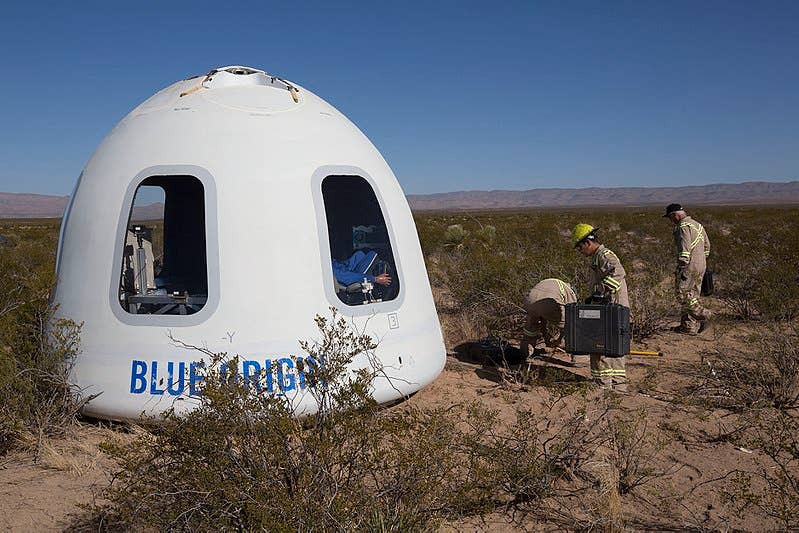Embry-Riddle Research Show Drones Can Reduce Wildlife Strikes At Airports
Embry-Riddle students won first place for research showing how drones can improve wildlife monitoring and reduce airport wildlife strikes.

https://creativecommons.org/licenses/by-sa/2.0
A group of Embry-Riddle Aeronautical University (ERAU) students won first place in a national competition with research demonstrating how drones can help reduce wildlife strikes at airports.
Anna Golendukhina, an aviation master’s student and one of the authors of the research, explained how drones improve wildlife monitoring. “Drones not only make the process more cost-effective but also significantly enhance the ability to identify different wildlife species simultaneously. This is especially important because it helps us better understand how these animals interact with their habitats, which can be crucial for ensuring airport safety.”
The team’s research noted that drones offer several advantages over traditional wildlife monitoring methods. They can access hard-to-reach areas, cover ground quickly and use various sensors to gather detailed environmental information.
The team tested their approach near Daytona Beach International Airport, following FAA wildlife hazard assessment protocols. They successfully identified local wildlife species and tracked their daily and seasonal patterns. They found that drones made tracking wildlife easier with their ability to track in rough terrain such as wetlands, forests and coastlines. The drones also allowed for tracking animals at night using thermal infrared cameras.
The ERAU students found that integrating drone technology into wildlife management could enhance safety, lower costs and provide airports with better insights into how wildlife interacts with their surroundings.






